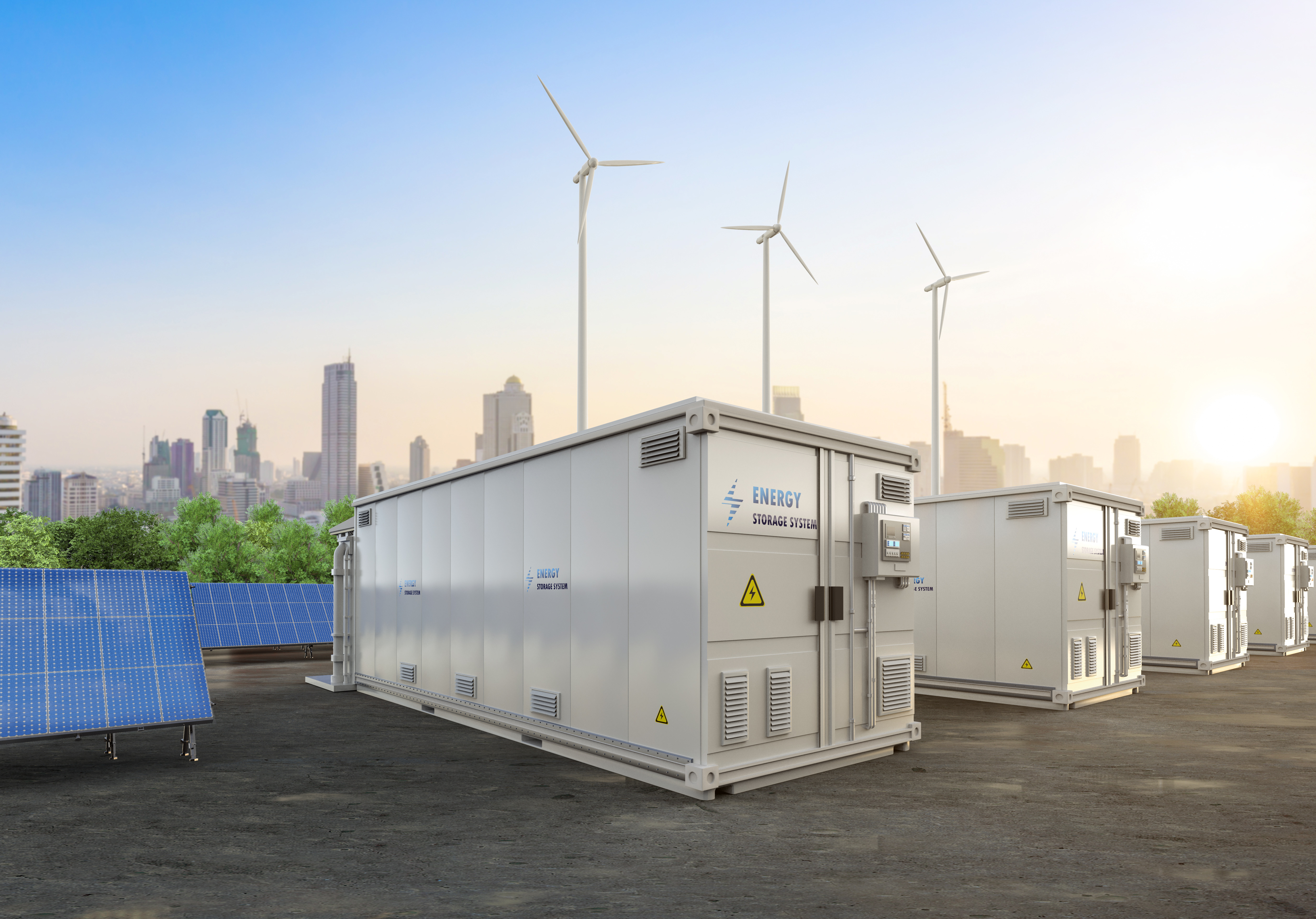NYPA looked to GE Vernova's PlanOS Production Cost function software and consulting expertise to model a “base case” comprised of renewable fuel sources in compliance with New York’s Climate Act. As part of its transition to greener technology, New York is paving the path forward to have 70% of its of electricity sourced from renewables by 2030, further leading to the decline of fossil generation in NYC.
This base case model showed a 20% reduction in NY fossil generation, and a return to peak load operation for the SCPPs, making room for alternative fuel sources. Based on their findings, NYPA will be able to replace its peaker plants with 4-hour battery storage by 2030. Should this replacement take place, NYPA could meet its decarbonization goals 5 years ahead of schedule and 10 years before New York’s statewide decarbonization goal.

